Are you willing to sponsor?
Are you ready to explore the transformative power of athlete sponsorship for your brand? Click here to learn more about how sponsorship can help brands grow and thrive in the exciting world of motorsports.
By Emanuele Venturoli| Posted July 31, 2024 | In Motorsports
La Dakar is one of the most extreme and fascinating motorsport competitions in the world. Since it was inaugurated, it has captured the imagination of drivers, engineers and motor enthusiasts all over the planet. But how exactly does this legendary race work? In this article, we will explore the origins and history of the Dakar, the challenging route that participants face, the categories and technical requirements of vehicles, and the safety measures taken to protect competitors.
The Dakar, originally known as the Paris-Dakar, was born in 1978 thanks to Thierry Sabine, a motorsport enthusiast who got lost in the desert during a rally in Libya the previous year. Sabine’s experience in the desert inspired the creation of a race that would test the endurance and courage of both drivers and vehicles. The first edition of the race saw the participation of 170 vehicles, starting from the Trocadéro in Paris and ending in Dakar, Senegal.
Over the years, the Dakar has undergone several evolutions and route changes. Due to security concerns and political instability in some African countries, the race was moved to South America in 2009. This marked a new chapter in the history of the Dakar, with routes running through Argentina, Chile, Peru andBolivia.
From 2020, the Dakar will take place in the desert territories of Saudi Arabia, offering new scenarios and challenges for participants. This new setting has allowed organizers to maintain the adventurous essence of the race while ensuring a high level of safety.
The Dakar is not just a sporting competition, but an event that celebrates human ingenuity, adaptability and determination. Over the decades, it has seen the participation of numerous champions and legendary figures from the world of motorsport, becoming one of the most iconic and globally followed races.

The Dakar route is designed to be extremely challenging, traversing a variety of terrains that test both the skills of the drivers and the endurance of the vehicles. Participants must tackle sand dunes, mountains, canyons, arid plains and dry riverbeds. Each leg of the race presents unique challenges, requiring a mix of technical skill, precise navigation and physical endurance.
One of the distinguishing features of the Dakar is navigation. Riders must follow a roadbook , a route book that provides detailed but non-trivial directions to get their bearings. There are no road signs or detailed maps, making navigation one of the biggest challenges of the race. An orientation error can cost precious hours or even lead to disqualification.
Weather conditions are another significant obstacle. Intense heat during the day and very cold night temperatures can affect both drivers and vehicles, testing their endurance. Sandstorms and torrential rains can make the route even more difficult and unpredictable.
The overall length of the route varies from year to year, but generally covers about 8,000 to 9,000 kilometers divided into a dozen daily stages. Each stage can be anywhere from a few hundred to more than 800 kilometers long, requiring competitors to endure grueling days of driving and navigating.
Vehicles participating in the Dakar are divided into several categories, each with specific technical requirements. The main categories include motorcycles, quads, cars, trucks and, more recently, SSV (Side by Side) vehicles. Each category has detailed regulations that determine the technical characteristics and modifications allowed to vehicles.
Motorcycles, for example, must meet displacement and weight limits, and are often equipped with oversized fuel tanks to provide the range needed to cover long distances without frequent refueling. Riders must also be prepared for emergency repairs, as outside assistance is limited.
Cars and trucks are divided into subcategories based on engines, drive systems and other technical characteristics. Prototype vehicles, which are generally developed specifically for the Dakar, compete side by side with modified production vehicles. Trucks, in particular, are impressive in their size and power, and they also play a crucial role as support vehicles during the race.
SSVs, introduced more recently, are lightweight but powerful vehicles designed to offer a balance between speed and maneuverability. These vehicles quickly gained popularity due to their ability to tackle difficult terrain with greater agility than traditional cars.
Regardless of category, all vehicles must be equipped with mandatory safety features such as roll cages, five-point seat belts and emergency communication systems. These requirements are essential to ensure the safety of participants in such extreme conditions.
Safety is a top priority in the Dakar, given the dangerous and unpredictable nature of the race. Organizers take numerous measures to protect participants, starting with preparation and training. Every rider and team member must attend briefing sessions and safety courses before the start of the race.
During the competition, each vehicle is equipped with a GPS tracking system that allows organizers to monitor the location of participants in real time. This system is essential for coordinating help in case of an accident or medical emergency. Pilots can activate an emergency signal via an SOS button, which immediately sends their location to rescue teams.
Numerous checkpoints are also set up along the route where participants can receive medical and mechanical assistance. These checkpoints serve as a base of operations for support teams and help ensure that all competitors can receive timely help if needed.
Safety measures also include restrictions on speed in certain areas to reduce the risk of serious accidents. In addition, organizers work closely with local authorities and emergency services to coordinate rescue operations and ensure that resources are available at all times.
The Dakar represents an extreme challenge that tests human and technical limits, but it would not be possible without meticulous planning and a strong commitment to safety. Through the evolution of the route, technical vehicle categories and rigorous safety measures, the Dakar continues to be a symbol of adventure and endurance. For participants and enthusiasts, it is an event that embodies the spirit of exploration and competition at the highest level.
Are you ready to explore the transformative power of athlete sponsorship for your brand? Click here to learn more about how sponsorship can help brands grow and thrive in the exciting world of motorsports.

A graduate in Public, Social and Political Communication from the University of Bologna, he has always been passionate about marketing, design and sport.
The online platform where you can discover the latest trends, strategies and insights from the exciting world of sports marketing.
View our blog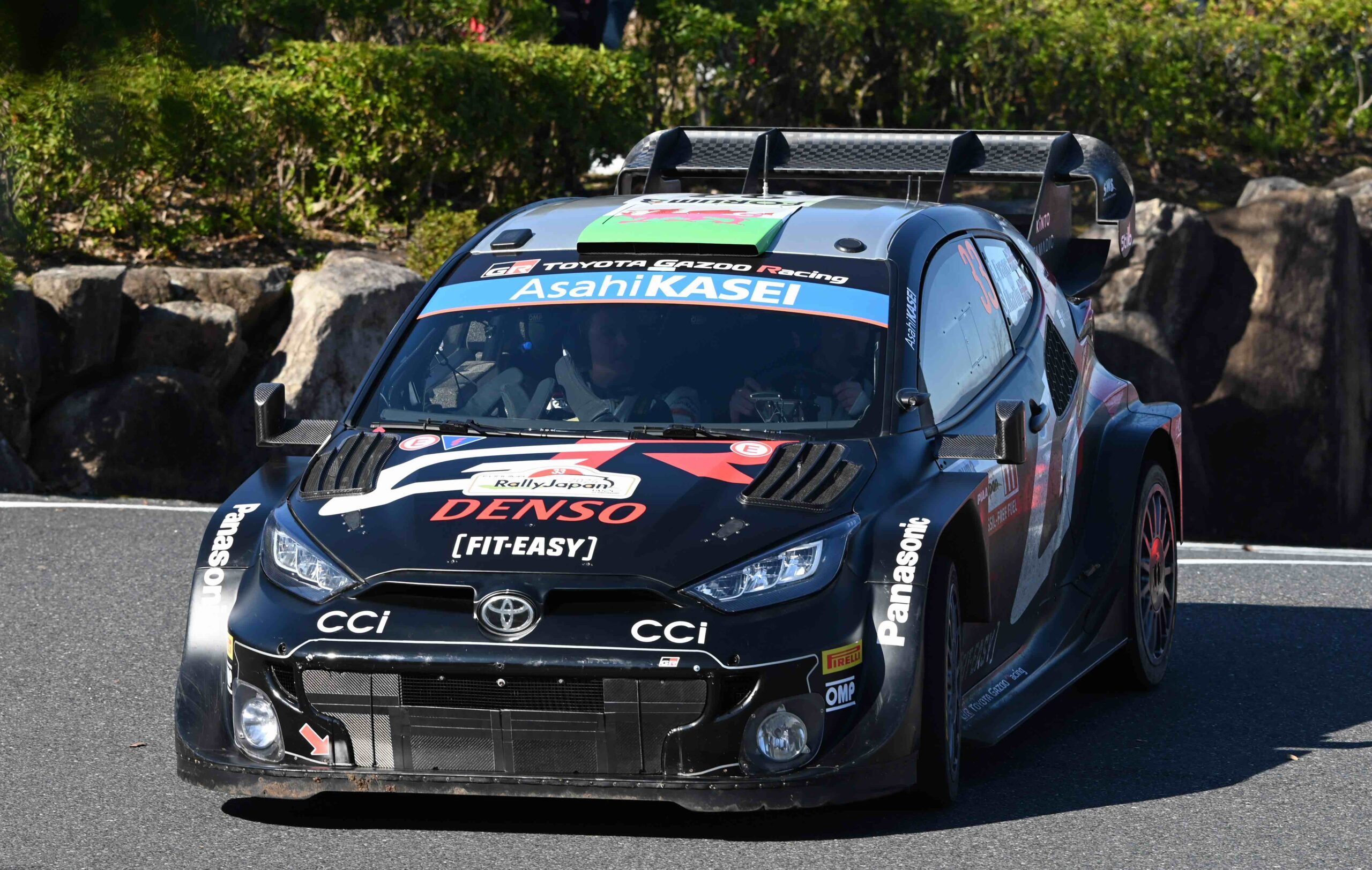
May 8, 2025
The 2025 World Rally Championship (WRC) season marks a significant shift in rally racing, with the elimination of hybrid power units and the introduction of new technical regulations. This ar[...]
Read More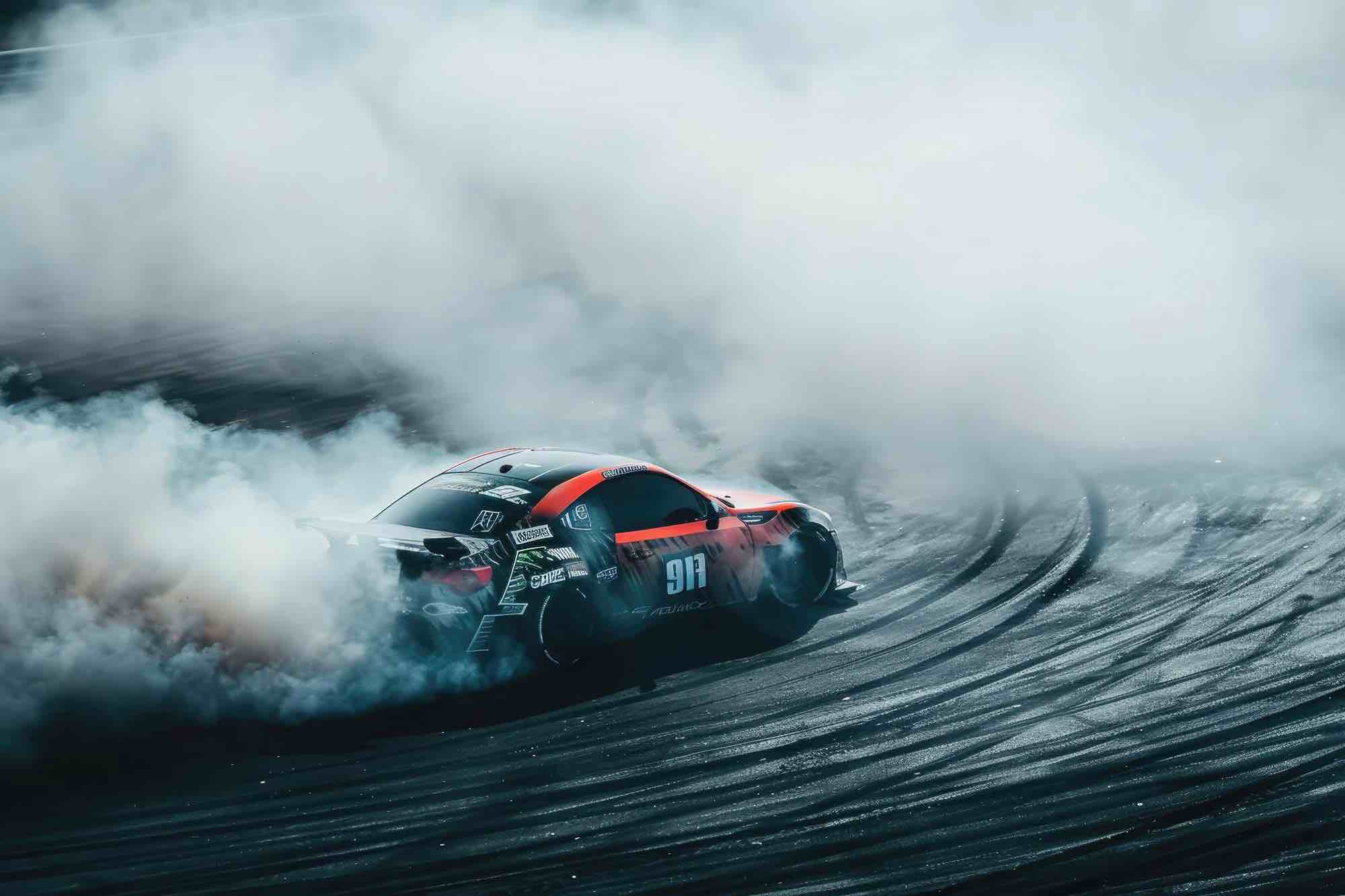
May 8, 2025
The World Rally Championship (WRC) is much more than a competition between cars and drivers: it is a global ecosystem that attracts millions of spectators, fans and business partners worldwid[...]
Read More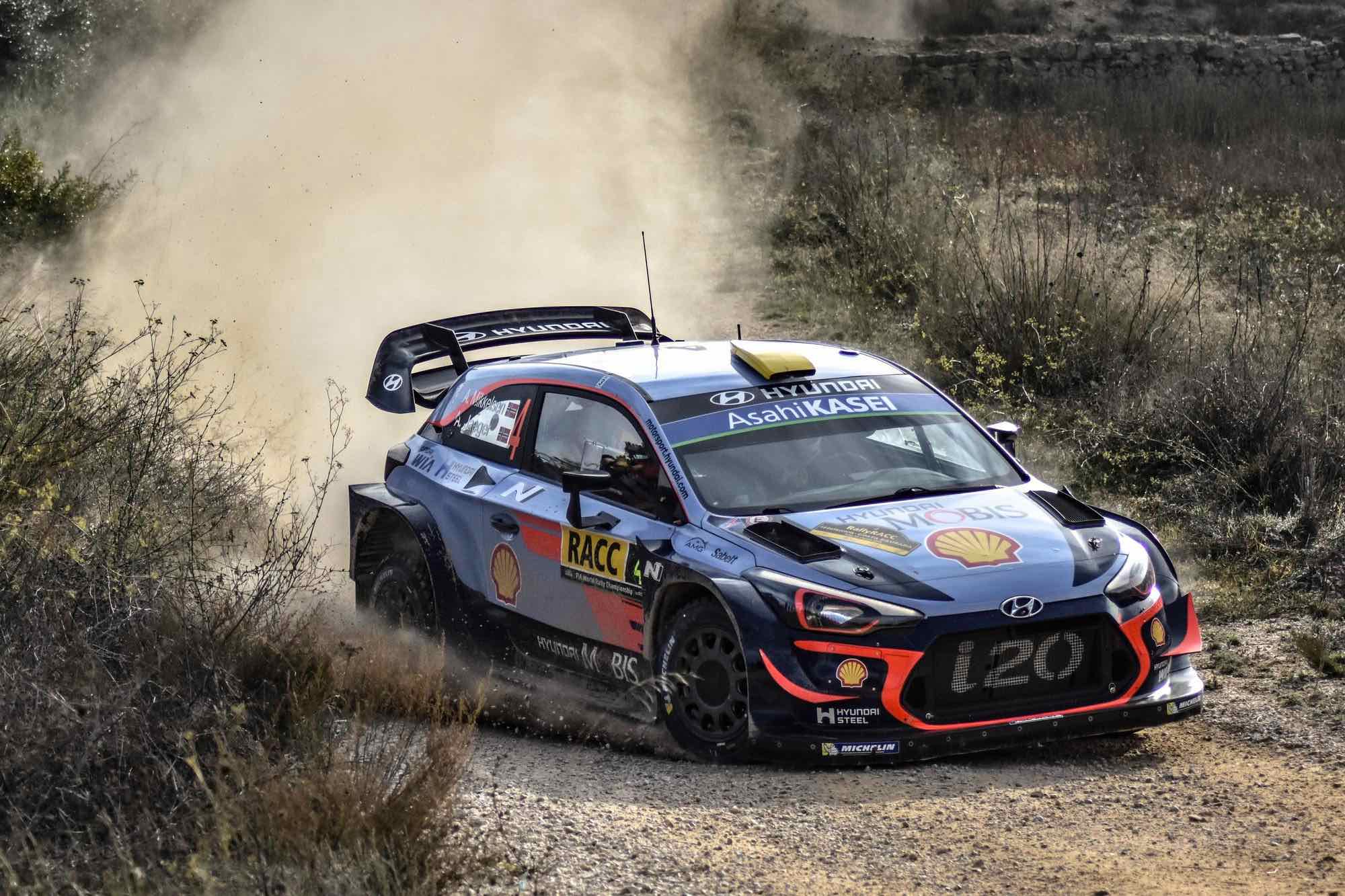
May 8, 2025
The World Rally Championship (WRC) represents one of the most fascinating and challenging motorsport competitions in the world. With events held in different countries and on varying terrain,[...]
Read MoreIn an era where it is possible to get anywhere with a click, there is a strong temptation to approach teams and properties directly for sponsorship projects.
By doing so, we are convinced that we are shortening the value chain, saving time and money. However, these DYI methods are anything but risk-free and what initially appears to be a competitive advantage soon turns into a problem that is difficult to resolve. That’s why there are agencies. And this is why you should rely on us for your sponsorships.
When first approaching a sponsorship or sports marketing project, it is difficult to know immediately which stakeholders are correct, what the decision flow is, and what the right timelines are for each process. Sports is a very specialized field of action, and fitting effectively into its paths can take a lot of time and therefore money. We, on the other hand, know referents and spheres of action and know who to talk to, when and how. So you are also more effective.
Sports is an immense passion, and for our heart colors we would be willing to do anything. But business is a different business, and it is important to make the best possible strategic decisions based on independent research, statistics and reliable data. A sports marketing and sports sponsorship agency like RTR has an objective, 360-degree picture of the scenario and can tell you what is really best for you: which sport, which athlete, which team. This is because we possess a great deal of data and information on ratings, segmentation and attitudes. Because the numbers don’t lie. Never.
Activations are the real heart of sports sponsorship. Without them, there remains only a blank sticker on a motorcycle, car or uniform and no contact with the public, no emotional connection, no impact on the bottom line. Then how do you do it? It certainly won’t be the teams or the athletes who will help you leverage sponsorship and enjoy the many marketing rights you have paid for. To bring out the best in a sports marketing project you need an agency that knows how to use sponsorship to engage the fanbase on the Web, to reach out to Shopping Centers, to organize hospitality, to develop B2B and B2C opportunities, and to get “your” athletes in front of millions of potential consumers.
Would you ever go to the dealer who sold you the car and ask if the competitor’s car is better? No, of course. So, how do you expect to get firm measurements of the effectiveness of your sponsorship if you do not rely on someone super partes? At RTR, we have always worked with independent third-party agencies that allow us to know the return on any exposure of your brand on TV and in the media. In addition, we believe in calculating ROI as the ultimate measure of your success-so we can tell you for every penny you spend how much you are making.
We have been involved in sports sponsorship and sports marketing for more than 15 years. We are consultants in the sense that our goal is to maximize your investment, but we are also an agency that manages the project from start to finish. We have been doing this since 1995 with passion and professionalism, following three principles that have become cornerstones of our business: independence, verticality and transparency.
I would like to highlight the fact that one of the qualities of RTR is its great ability to approach the sponsorship scenario strategically, together with its passionate attitude, its amazing enthusiasm for solving problems, and its high level of professionalism.
Gianluca Degliesposti
Executive Director Server&Storage EMEA
Eurosport is truly delighted with its business relationship with Riccardo Tafà, who has become extremely popular, thanks to his detailed knowledge of the sports marketing sector and his highly diligent attitude to work.
Francois Ribeiro
Commercial Director
Passion and Expertise are the features that I have found in RTR since the very beginning. Serious and reliable professionals but also very helpful, nice and open-mind people, willing to listen and compare different ideas. All the values in which RTR believes make this agency a partner, not just a supplier, a partner with whom we have had the opportunity to achieve significant commercial results in term of success and image.
Luca Pacitto
Head of Communication
We have been working with RTR Sports Marketing for over 10 years. The objectives and the programmes of collaboration continue to be renewed and to grow with mutual satisfaction. I believe RTR is a team of great professionals led by Riccardo Tafà, who I consider a manager of exceptional skills and with a great passion for his work.
Lucio Cecchinello
Team Principal
I have known and worked with Riccardo Tafà since 1995 when we collaborated for the first time on a project for the Williams Formula 1 team. Several clients followed. After leaving Williams to work for Gerhard Berger then owner of the Toro Rosso F1 Team, I turned again to Riccardo to seek his help in finding a tool supplier for the team and Riccardo duly obliged with an introduction to USAG, a partnership with Toro Rosso which endured for five years. I recently started a new role as Group Commercial Director for the renowned Andretti Autosport organisation and I find myself working with Riccardo once again on a number of interesting projects. Why has this relationship with Riccardo endured ? He’s smart, knows the commercial side of sport inside out and back to front and he’s honest and trustworthy. Riccardo Tafà is a “doer” not a “talker”: in over 20 years I have never had a dispute either with him or with a company that he has introduced and each partnership introduced by Riccardo has delivered quantifiable ROI to rights holder and sponsor alike. I can think of no better testimonial of Riccardo’s diligence, knowledge, contact base and hard work than that.
Jim Wright
Group Commercial Director
The online platform where you can discover the latest trends, strategies and insights from the exciting world of sports marketing.
View our blog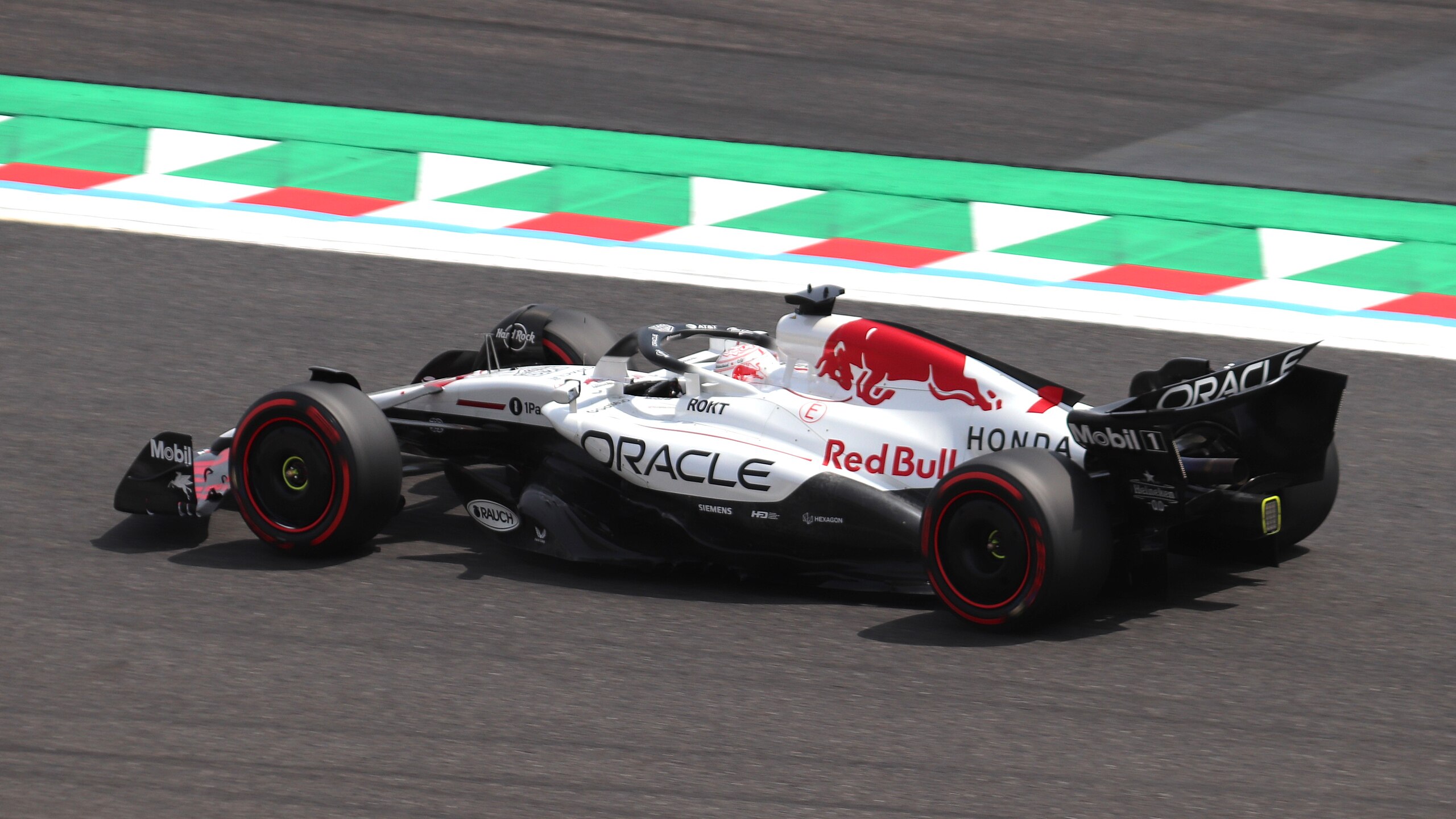
July 4, 2025
When, in 1950, the Formula 1 kicked off at Silverstone, no one could have predicted that, 75 years later, it would become much more than a sport. Today, F1 is a global phenomenon, a cultural,[...]
Read More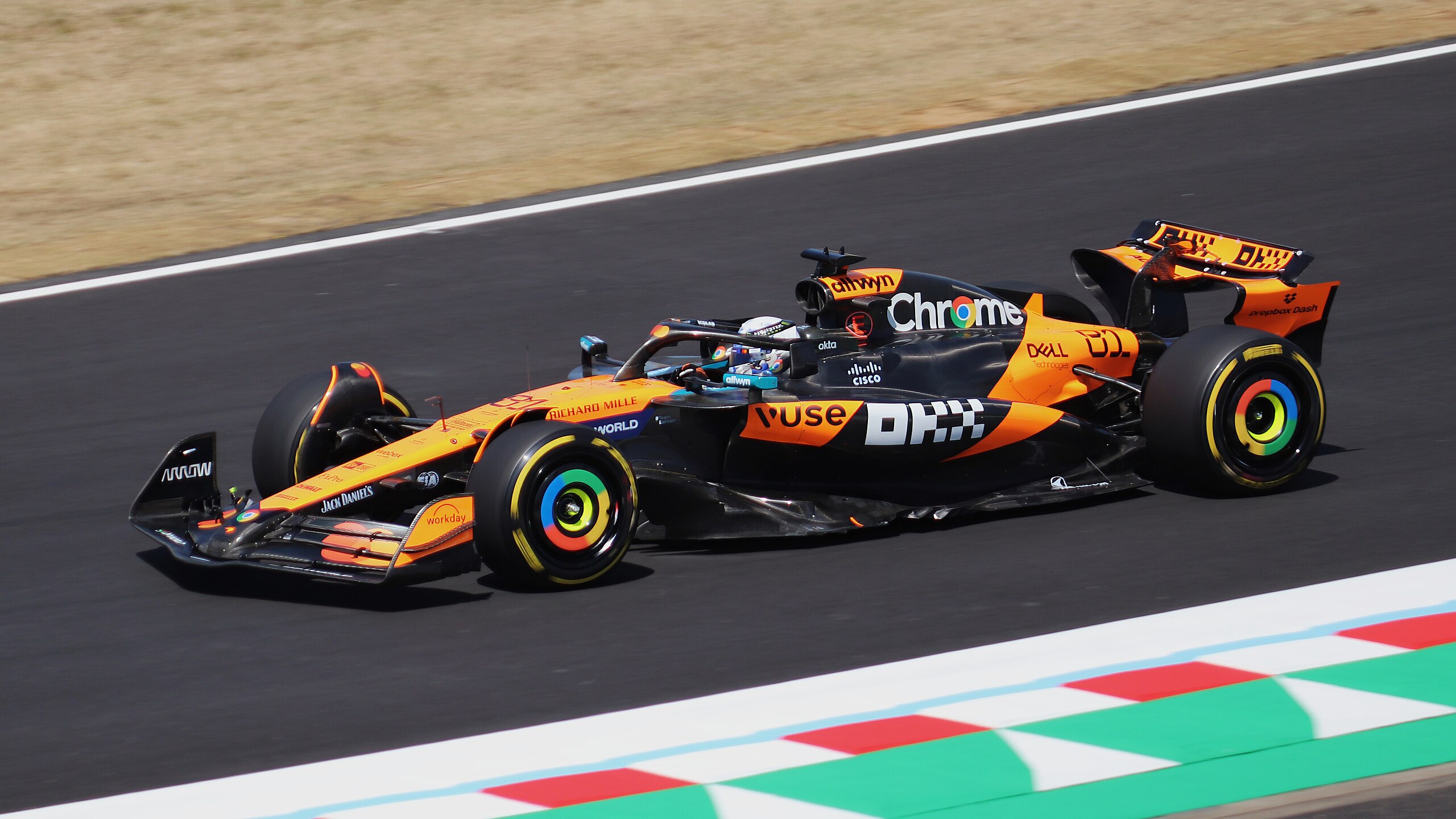
July 1, 2025
In the complex and exciting world of Formula 1, performance no longer belongs exclusively to wind tunnels and race strategies. It also unfolds in boardrooms, brand labs, and experiential mark[...]
Read More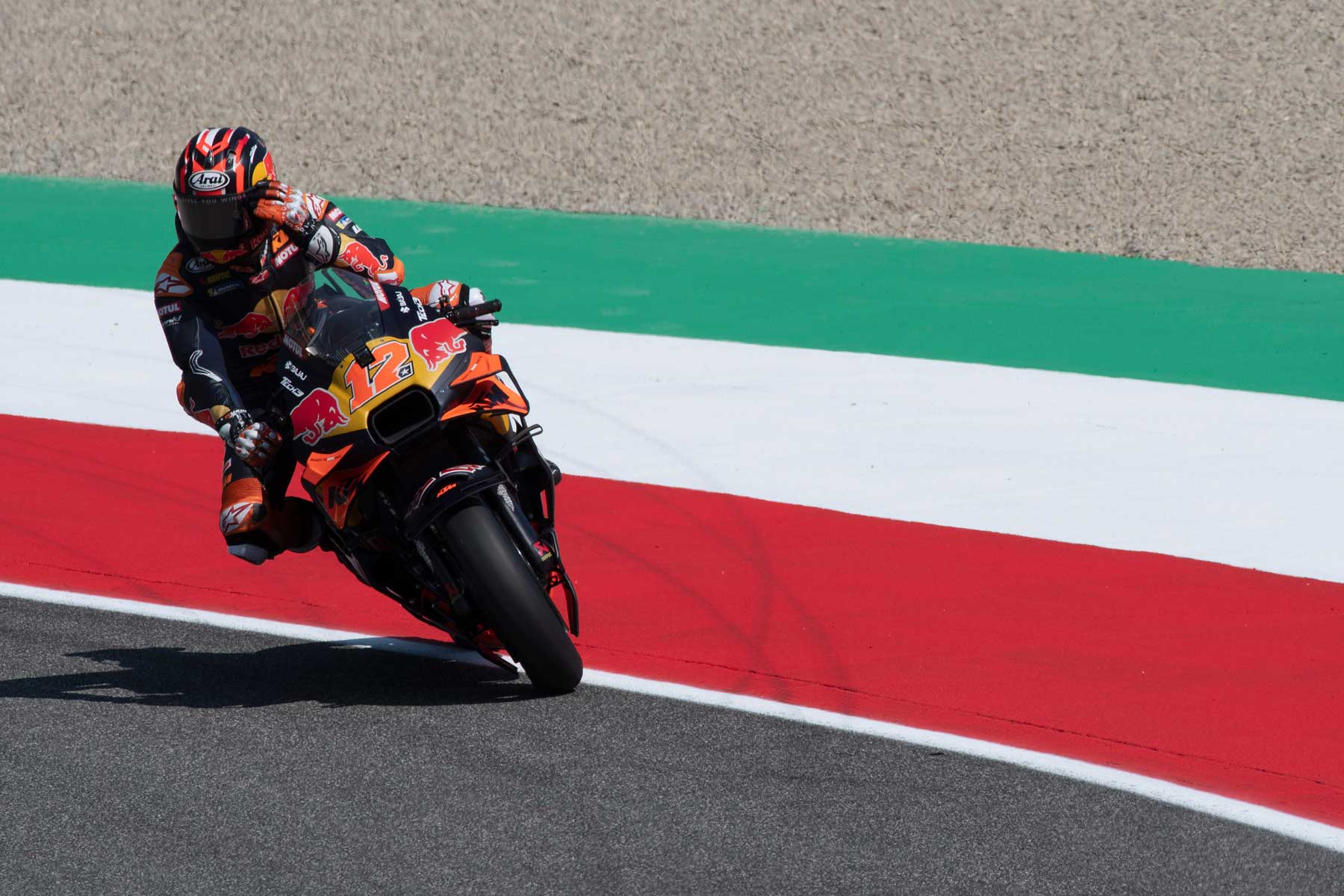
June 26, 2025
The European Commission has provided Liberty Media Corporation with unconditional approval to complete the acquisition of the MotoGP World Championship. The process of annexing the top motorc[...]
Read More